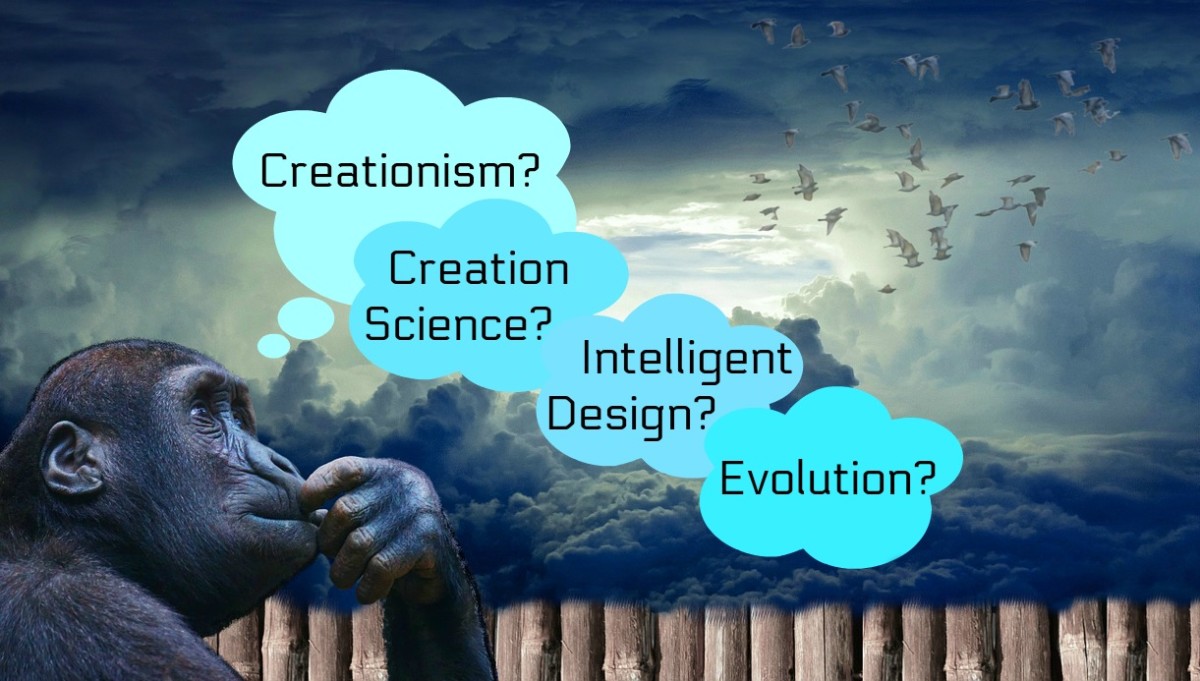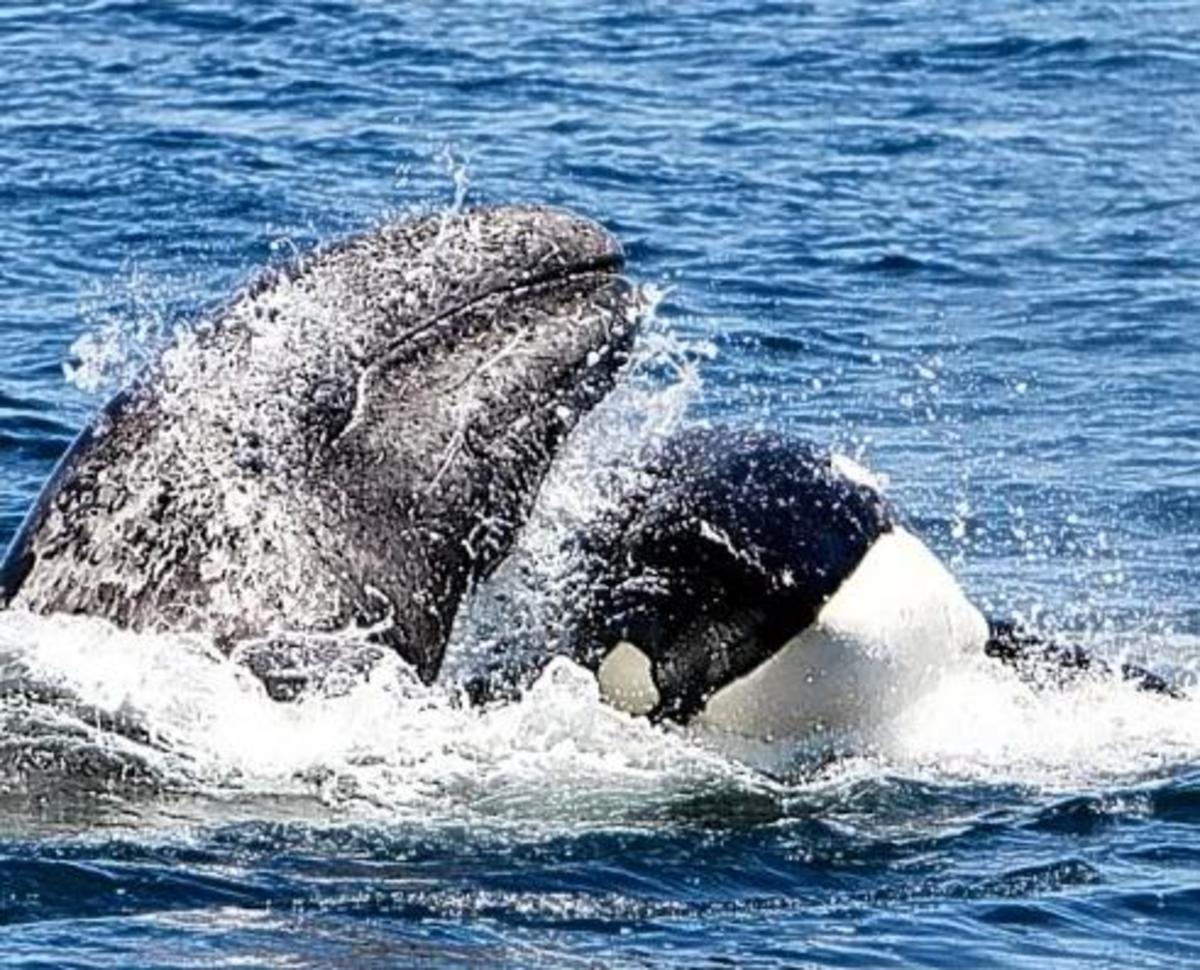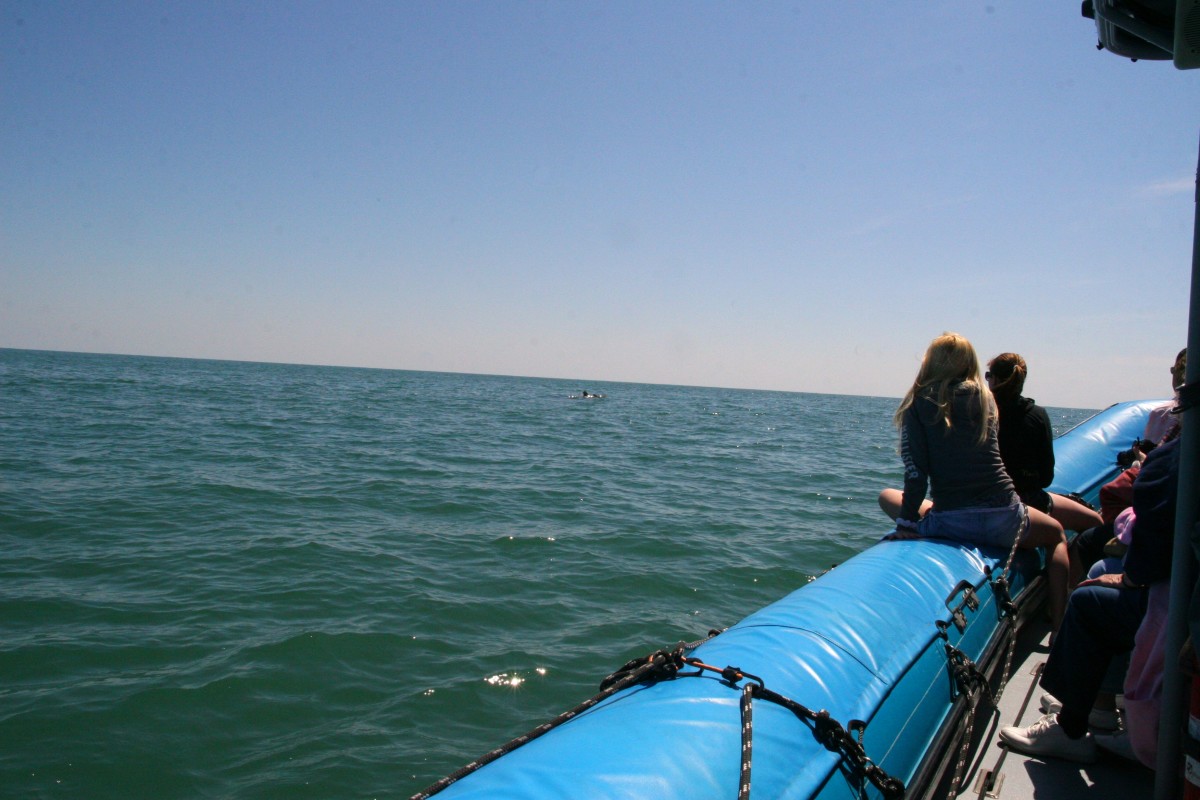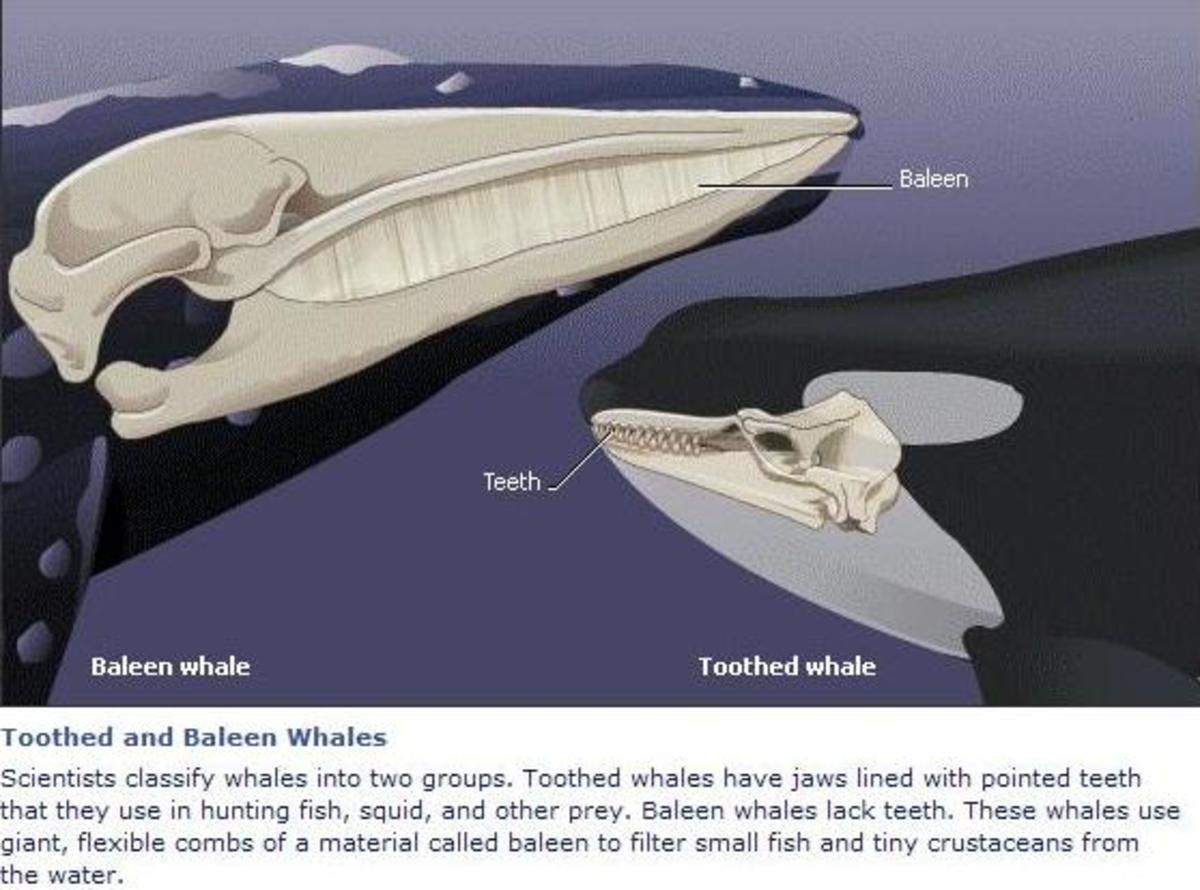- HubPages»
- Education and Science»
- Life Sciences»
- Marine Biology»
- Marine Life
Pink River Dolphin
Scientific Name: Inia geoffrensis

Amazon Pink Dolphin Facts
- River Dolphins - Facts and Information
There are only four species of dolphins that are able to thrive in freshwater and the Amazon River Dolphin is one of them. Many people assume that all dolphins
Amazon Pink Dolphin Description
Is also known as the Boto or Amazon river dolphin. If you haven’t familiarized yourself with the Amazon river dolphin then you really are in for a treat. They may be among the species of dolphins but with some very interesting differences that will help you to see them in a new way. The biggest difference is that they have shades of pink to them. Generally this will be on the tips of them and lightly at the top. They rest of the skin is bluish or a very light shade of gray.
They are average sized dolphins, with the males being larger than the females. They can be close to 350 pounds and up to 8 feet in length. Some of them are shorter though with a length of closer to 6 feet. They also feature a longer nose than most other species of dolphins. You will notice that they lack a dorsal fin and instead have a humpback.
Amazon Pink Dolphin Anatomy
These are very intelligent animals just like all species of dolphins. Upon examining their anatomy though it has been determined that they have a brain 40% bigger than the average person. Many people find it fascinating that they can move their heads 180 degrees. This is possible because they don’t have a fused vertebrae.
A common misconception about the Amazon Pink Dolphin is that they are slow swimmers due to their body shape. They are in fact able to swim faster than most other species of dolphins. Yet the simply usually don’t have a need to do so. They swim at a slower pace to conserve energy and because they usually aren’t in a hurry to get anywhere. Even when they are feeding it is at a slow but constant pace.
Amazon Pink Dolphin Evolution
For more than 25 million years dolphins have existed but with many changes occurring over such a span of time. This is necessary for them to be able to survive. Evolution allows them to be able to take what is in their environment and use it to their benefit. For example their pinkish coloring and their unique nose shape are both believed to be part of the evolution process at its best. This is any area of study that many experts find to be quite fascinating.
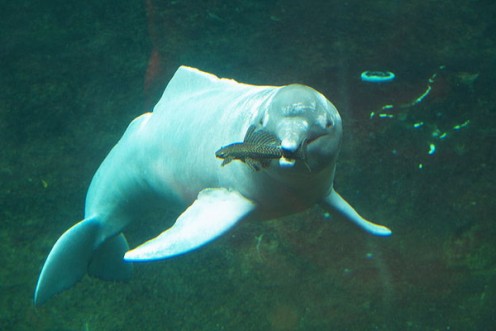
Amazing Animal Facts
- Facts about Seals
Facts and Information about Seals. Feeding, habitat, distribution, reproduction, anatomy and more. Facts about Species like the Harbor Seal, Harp Seal, Hawaiian Monk Seal, and many others. - Facts about Sharks
Information and facts about sharks. Sharks are one of the most amazing creatures in the earth. They have lived in the ocean for more than 450 million years and they have survived succesfully during this time. - Facts about Whales
Whale Facts and Information. Feeding, habitat, distribution, reproduction, anatomy and more. Facts about Species like the Blue Whale, Humpback Whale, Sperm whale, Beluga Whale and many others.
Amazon Pink Dolphin Behavior
All dolphins are very social and the Amazon Pink Dolphin is no exception. Many people think that they aren’t as social though due to the very small size of their pods. They tend to not gather in groups of more than four. Yet this doesn’t mean that they don’t socialize just as much. In fact, it is believed that they develop deeper bonds due to the fact that they are in a smaller group.
They are highly advanced when it comes to how they communicate with each other. Evaluating what the chirps, clicks, and the whistles mean out there are very important. We have been able to decipher some of them though due to the many non verbal cues that these dolphins offer at the same time.
They are very tolerant of each other because they aren’t territorial. The range in which these smaller pods explore for food often bring them into contact with each other. They can be heard communicating and it is believed that they often are able to recognize those other pods they routinely see.
Many experts as well as observers are fascinated with the antics of these dolphins. They come to the surface quite often for air and to hang out. They have been seen moving around on their sides, swimming on their backs, looking around with only their heads out of the water, leaping, and doing spins. It is very exciting to watch them in action doing so.
Amazon Pink Dolphin Habitat
As you have guessed from their name, these dolphins are natives to the Amazon River. They aren’t only found there though as two other locations have identified them as residences too. They include the Madeira River and the Orinoco River. They live only in fresh water that is at a warm temperature.
They do migrate in order to find warmer water during the cooler part of the year. They also are know to migrate as it helps them to get the social interaction that they need. This can also trigger mating because it tends to be very popular during migration. They can mate that other times of the year too though. Migration is also believed to take place to ensure they are able to continue getting enough food.

More Animal Facts...
- Manatee Facts and Information
Habitat, feeding, reproduction, social structure, anatomy and all the information about manatees. - Manta Ray Facts
Manta Ray Facts and Information. Feeding, habitat, distribution, reproduction, anatomy and more. Also, the conservation efforts made to preserve Manta Rays and how humans have interacted with Manta Rays. - Facts about Sea Turtles
Facts and Information about Sea Turtles. Feeding, habitat, distribution, reproduction, anatomy and more. Facts about Species like the Green Sea Turtle, the Loggerhead Turtle, the Hawksbill Turtle, the Leatherback Turtle and many others.
Amazon Pink Dolphin Feeding Habits
They don’t hunt for food as a pod though like other species of dolphins. Instead they do so on their own. This allows them all to spread out and to find enough food. They use their sense of vibration to be able to find their prey’s location as well as the direction it is moving. This feature definitely gives them the upper hand.
Their main source of food happens to be catfish. They also feed on many other types of fish and crab though. They can go to the bottom of the water, get food and quickly come back up for air. They need air about every four minutes but generally surface more often than that. All food is consumed whole which makes it very simple for them to consume entire schools of fish when they find them.
Amazon Pink Dolphin Reproduction
Amazon Pink Dolphins are ready to reproduce when the females are about 7 years of age and the males are about 10 years of age. They can find each other through vibrations and through the use of their vocal communications. The males tend to be the ones that initiate the attraction by calling more often. The females will choose to respond if they would like to meet the male and mate.
Before they engage in the mating process, they will go through a courting process. They can spend plenty of time communicating, playing, and even physically touching each other in the water. The young dolphins will be born from 9 to 12 months down the road. That length of time depends on when they rivers fill up in the summer. When it is at the fullest is when the birthing will occur.
It is wonderful to watch the mother Amazon Pink Dolphins with their offspring. They take the time to communicate with them, to nurture them, and even to engage in silly playing with them. By the time these young are about three years of age they will have all they need in order to survive on their own.
Amazon Pink Dolphin Predators
Since they live mainly in the Amazon River where there aren’t any sharks or Killer Whales they don’t have all real problems with predators. However, they definitely have more than their share of problems with humans. They don’t do well with the additional noise that humans bring along with them. They also don’t do well with the water being polluted or their being lots of boats on the river.
Due to such actions from humans, they are considered to be endangered animals at this time. Taking action by cleaning up the water and trying limit the disruptions by humans are necessary in order to protect them. They also won’t mate when they are stressed out so that can prevent their numbers from increasing as well.


